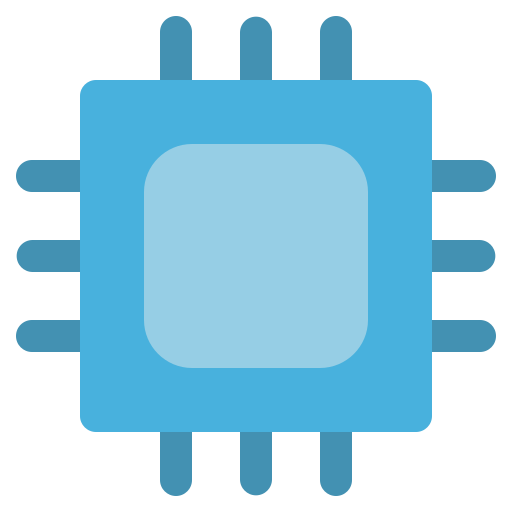

Even if they were gang members smuggling drugs, that’s still not how the law is dealt in the civilized world. They’re still civilians and it’s still murder.


Even if they were gang members smuggling drugs, that’s still not how the law is dealt in the civilized world. They’re still civilians and it’s still murder.


when we asked in the towns, none were from Tren de Aragua, none were drug traffickers
Both sides provided “trust me, bro” as their proof.


If you don’t know the language then you shouldn’t be involved in the translation at all… The current process requires both the translators and the proof-readers to know the language.


As long as you can verify it is an accurate translation
Unless the process has changed in the last decade, article translations are a multi-step process, which includes translators and proof-readers. It’s easier to get volunteer proof-readers than volunteer translators. Adding AI for the translation step, but keeping the proof-reading step should be a great help.
But you could probably also have used Google translate and then just fine tune the output yourself. Anyone could have done that at any point in the last 10 years.
Have you ever used Google translate? Putting an entire Wikipedia article through it and then “fine tuning” it would be more work than translating it from scratch. Absolutely no comparison between Google translate and AI translations.


My dad used to make those types of CDs. I remember one with 200 games on it. The first time I saw a non-pirated CD was MK Tilogy and I thought what a waste to use up a whole CD for just one 30MB game.


Extending the study to an onion’s actual shape, the conclusion would be conical cuts…


I lived in a country where that happened. The king gave land to peasants in return for serving in WW2 (which lead to desperate peasants who didn’t know how to use their rifles as more than clubs scaring the Germans away with their savagery). My wife’s great-great-grandfather (or maybe one more great-) got so much land that when the communists came and started arresting people for having too much wealth he split his land among his 6 sons, but they still ended up with too much and all 6 went to jail.
If you’re not very familiar with JS, watch the Wat talk before taking the quiz to know what to expect from this wonderful language.


inb4 microplastics found in paracetamol


They were behind white genocide in South Africa


During the communist regime in Romania there was a ban on abortion and the state encouraged people to have lots of kids (sound familiar?). This lead to A LOT of kids in orphanages and not enough resources to properly care for them. Conditions were atrocious, to say the least.
But, that lead to a lot of research data by following the lives of kids who got adopted from those orphanages. It was determined that 4 month old was the cut-off point from where kids can still recover from traumatic experiences. Kids adopted younger than that did fine, but kids adopted after that age were affected for the rest of their lives. The fact that they didn’t actually remember things consciously did not matter.


I never owned a 486 either. My first upgrade after the 286 was a Pentium.


We’ve been engaged for a while
Doesn’t engaged mean that you proposed and she said yes? Isn’t that when you give the ring? (I don’t really know, engagement rings are not a thing in my culture, but that’s what I saw in American movies)


Also worth reading the books he co-wrote with Stephen Baxter.
The first book is ok, but the rest of the series is pretty meh. Still bought and read them all as a Pratchett fan, but I wouldn’t recommend them to others. If you want to expand past the Discworld series, Good Omens is a much better recommendation. Also Nation is a really good book too.


I zoomed in to read what they’re saying on the bottom right and was disappointed.


My vacuum would pass that test… why is a Tesla worse at this?


I ignore any calls that are not from my contacts. If it’s important they’ll leave a message. I have DND on at night. Calls and messages from my wife have separate sounds and exception from DND.


Samsung galaxy has the same feature (at least on the S25, I don’t recall if I had it on the S10)


Ok, that’s absurd. I thought it makes sense to change the name for people in the US if that’s the official name in the US (according to the USGS data, which has always been the official source for this info). But translating the US name into other languages that already have a name for it makes no sense.
Does an organization named Antifa even exist?